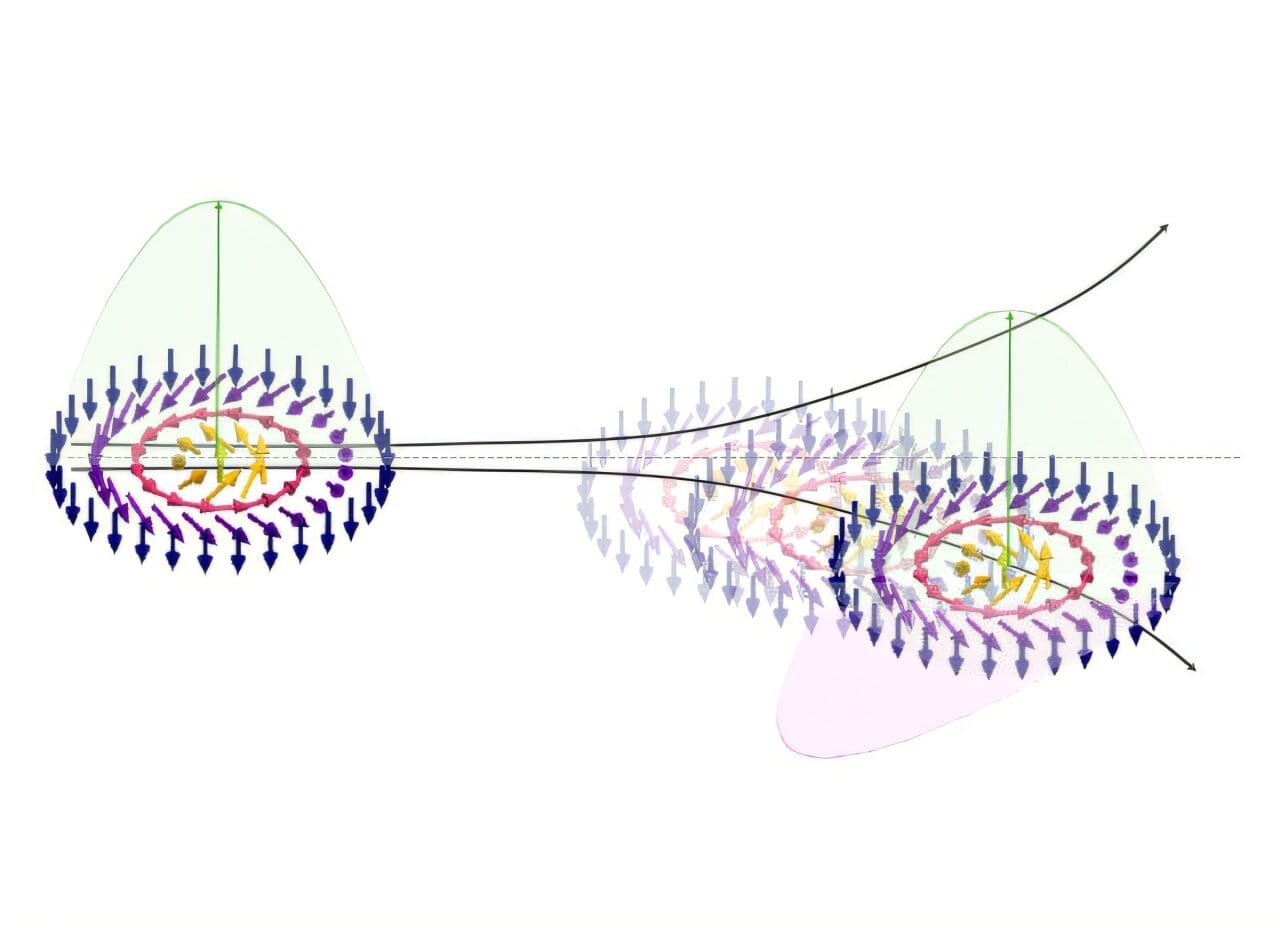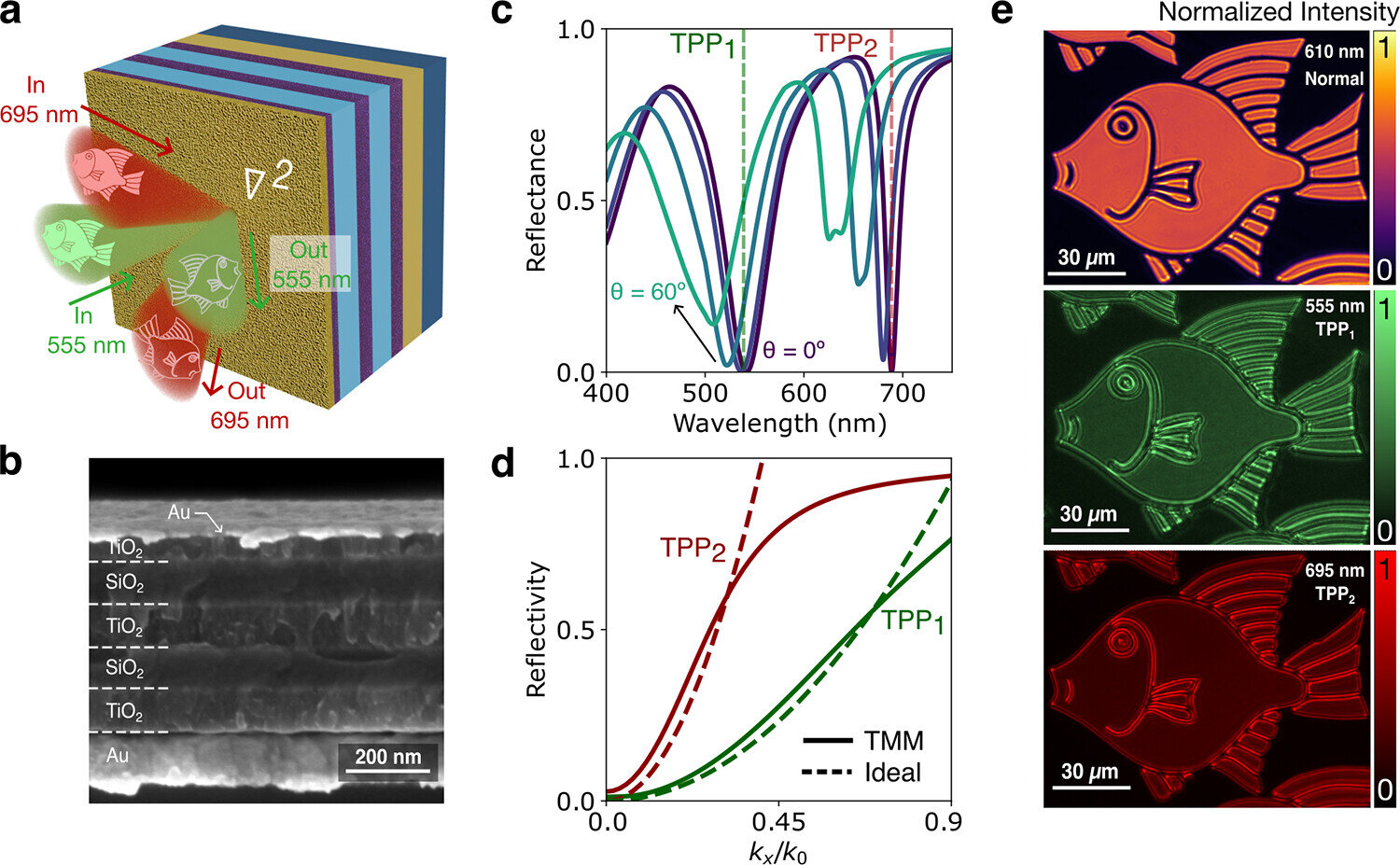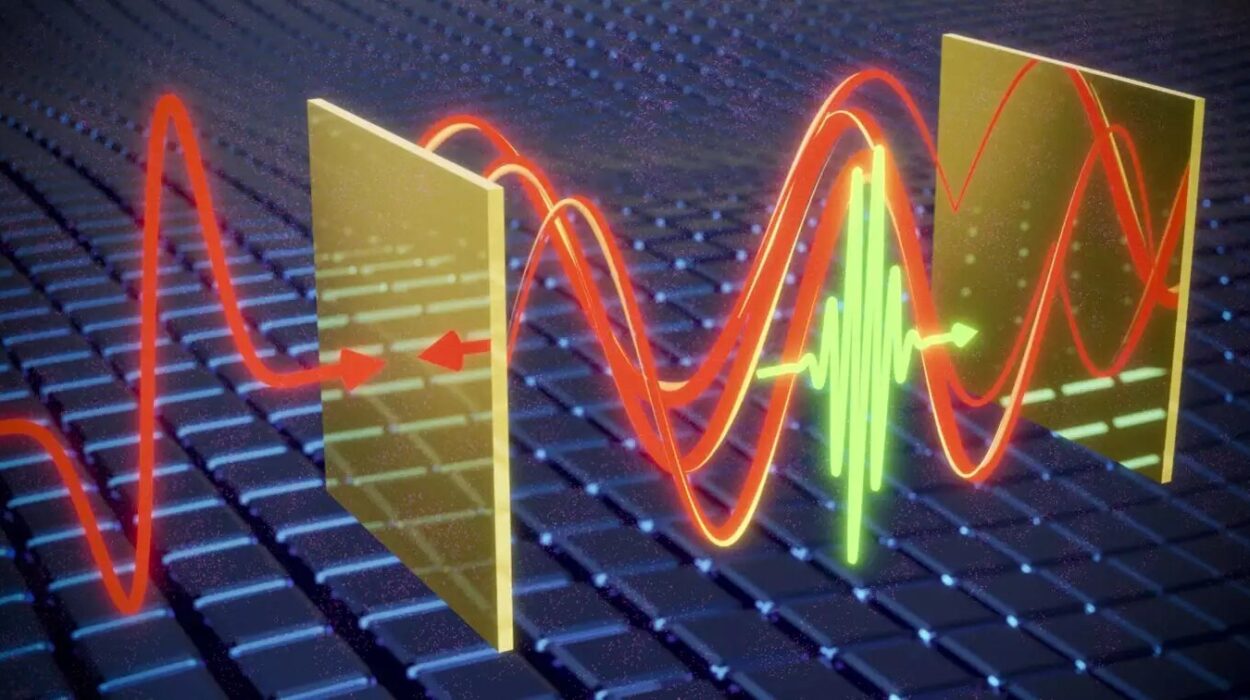The future of data storage and processing may see remarkable advancements through the use of tiny magnetic structures known as skyrmions, which offer unique advantages, particularly in terms of robustness against noise and reduced power consumption. These properties make them ideal candidates for the next generation of efficient, low-energy devices. In a recent breakthrough, researchers at RIKEN have developed a simple and intuitive model that could significantly advance our understanding of how skyrmions move and interact, potentially accelerating the development of skyrmion-based technologies. This model provides a clearer visualization of the complex dynamics of skyrmions, offering insights that could help optimize their use in real-world applications.
Skyrmions, which are particularly interesting in the fields of spintronics and quantum computing, are essentially small magnetic whirlpools formed by the orientation of electron spins in certain materials. To understand their significance, it’s important to first grasp a few basic concepts about electrons. In addition to having mass and electric charge, electrons possess a property known as spin, a form of intrinsic angular momentum. In certain crystalline materials, the spins of neighboring electrons align in such a way that they form intricate, patterned structures. Skyrmions represent one such pattern.
A skyrmion can be imagined as a magnetic vortex in which the spin at the center of the structure points in one direction—typically upward—while the spins of the surrounding electrons gradually twist and point downward, creating a unique configuration that resembles a small whirlpool or vortex in the material. This phenomenon is fascinating not only because of its intrinsic properties but also because it gives rise to some extraordinary effects when electrons move through the material.
As an electron travels through a skyrmion lattice, its motion is influenced by the magnetic field generated by the skyrmions. This interaction leads to a phenomenon known as the topological Hall effect, in which the electron’s path bends due to the emergent magnetic field created by the skyrmions. In addition to the magnetic field, the movement of electrons through the lattice also induces a secondary effect: the skyrmion lattice itself begins to move, resulting in an emergent electric field. This interplay between the skyrmions and the electrons is at the heart of much of the potential utility of skyrmions in future devices, but it also presents challenges for understanding and manipulating these systems.
To investigate this complex behavior more thoroughly, Max Birch and his team at the RIKEN Center for Emergent Matter Science focused on the behavior of the topological Hall effect in skyrmion lattices. The research team chose gadolinium palladium silicide (Gd2PdSi3) as their material of study due to its exceptionally large topological Hall effect, which is almost 100 times greater than those seen in similar materials. Furthermore, the material’s relatively small sample size made it easier to achieve the high current densities necessary to track the motion of skyrmions over micrometer-length scales, a critical step in understanding their behavior.
The researchers made a surprising discovery: they found that the motion of the skyrmion lattice completely cancels out the topological Hall effect. This outcome is significant because it challenges previous assumptions about the nature of this phenomenon. According to Birch, the key finding of the research is that the topological Hall effect is directly linked to the velocity of the electrons relative to the skyrmions. When the skyrmions move at the same speed as the electrons, their relative velocity becomes zero, and the topological Hall effect disappears. In other words, the skyrmions and electrons must be moving at different velocities for the topological Hall effect to manifest. Once their speeds are synchronized, the emergent electric field that would normally cause the electron’s path to bend is effectively neutralized.
To put this concept into a more intuitive context, imagine a scenario where two objects are moving in the same direction at the same speed—there would be no relative motion between them. Similarly, when the skyrmions and electrons are traveling at the same velocity, there is no relative motion between them, and as a result, the topological Hall effect ceases to occur.
This finding, which has been published in the prestigious journal Nature, is not only a breakthrough in understanding the fundamental physics of skyrmions but also an example of how phenomena described in modern physics can be traced back to ideas developed over a century ago. Birch and his team found that the behavior of skyrmions in the context of the topological Hall effect can be described using equations that closely resemble Maxwell’s equations of electromagnetism, which were formulated in the 19th century. This connection is both surprising and illuminating, showing that despite the advanced nature of skyrmions and their potential for cutting-edge technologies, the mathematical principles that govern their behavior are rooted in classical physics.
The ability to describe skyrmion dynamics in terms of familiar equations opens up new avenues for researchers working to develop practical applications for these exotic structures. The team at RIKEN believes that this understanding will be crucial for the development of spintronic devices—electronic devices that leverage the spin of electrons, rather than their charge, for information processing. Spintronics is a rapidly growing field with the potential to revolutionize computing and data storage, offering the promise of faster, more efficient, and lower-power devices. Skyrmions, with their unique ability to maintain stability in the presence of noise and their low power consumption, are seen as key components in the development of next-generation spintronic technologies.
The potential applications of skyrmions extend beyond just spintronics. Their unique properties, including their robustness and the ease with which they can be manipulated, also make them attractive candidates for use in other fields, such as quantum computing and data storage. In quantum computing, for example, skyrmions could potentially serve as carriers of quantum information, benefiting from their topological properties to maintain stability in the face of environmental noise. In data storage, the ability to manipulate skyrmions with low energy consumption and minimal interference could lead to new forms of memory storage that are both faster and more energy-efficient than current technologies.
The development of this new model for understanding skyrmion dynamics is a major step forward in the quest to harness the potential of these fascinating structures. By simplifying and clarifying the behavior of skyrmions, researchers can now begin to design and optimize materials and devices that take full advantage of their unique properties. As the field of skyrmion-based technologies continues to grow, it is likely that we will see an increasing number of applications in a wide variety of areas, ranging from next-generation computing devices to advanced sensors and memory storage systems.
Reference: Max T. Birch et al, Dynamic transition and Galilean relativity of current-driven skyrmions, Nature (2024). DOI: 10.1038/s41586-024-07859-2






